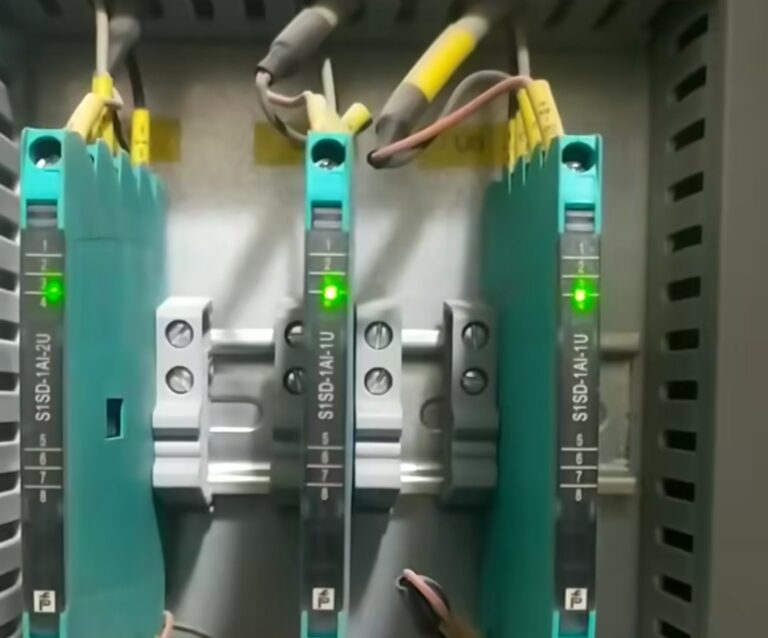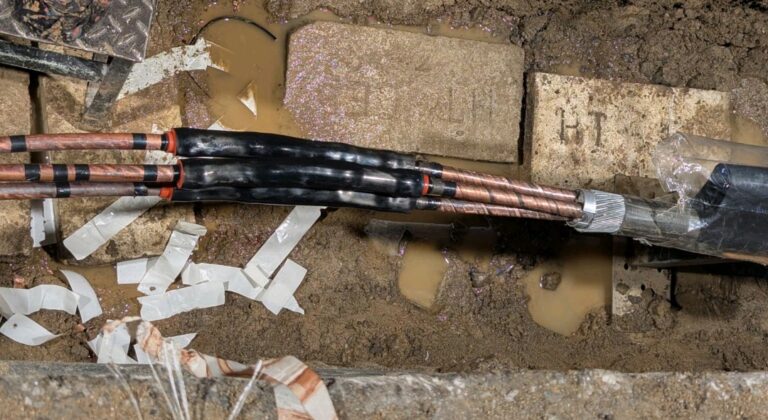𝐒𝐭𝐞𝐩𝐬 𝐢𝐧𝐯𝐨𝐥𝐯𝐞𝐝 𝐢𝐧 𝐩𝐞𝐫𝐟𝐨𝐫𝐦𝐢𝐧𝐠 𝐀𝐫𝐜 𝐟𝐥𝐚𝐬𝐡 𝐬𝐭𝐮𝐝𝐢𝐞𝐬 𝐚𝐬 𝐩𝐞𝐫 𝐈𝐄𝐄𝐄 𝟏𝟓𝟖𝟒-𝟐𝟎𝟏𝟖
,📌Determine Fault Currents:- Calculate the short-circuit currents at various points in the system. This step is critical as the magnitude of these currents will influence the severity of an arc flash
.📌Select Study Scenarios:- Identify different operating scenarios to analyze, which could affect arc flash incident energy levels, such as different settings of adjustable trip circuit breakers or changes in system configurations.
📌Incident Energy Calculations:- Calculate the incident energy levels at various points using the IEEE 1584 equations. These calculations consider factors like fault current, arc gap, and clearing time of protective devices.
📌Arc-Flash Boundary Determination:- Determine the arc-flash boundaries (the distance within which a person could receive a second-degree burn or worse if an arc flash occurred). This involves using the calculated incident energy to establish safe working distances.
📌Protective Device Coordination:- Analyze and adjust the timing of protective devices to minimize fault clearing times, which can help reduce incident energy levels and enhance safety.
📌Labeling:– Prepare and affix labels on electrical equipment to inform workers of the arc flash boundaries, incident energy at working distance, and required personal protective equipment (PPE).
📌PPE Assessment:– Specify appropriate personal protective equipment for workers based on the calculated incident energy levels. This ensures that workers are adequately protected based on the specific hazards at each part of the electrical system.
📌These steps, when followed diligently, help ensure that the electrical systems are evaluated accurately for arc flash hazards, and appropriate safety measures are put in place to protect workers.

